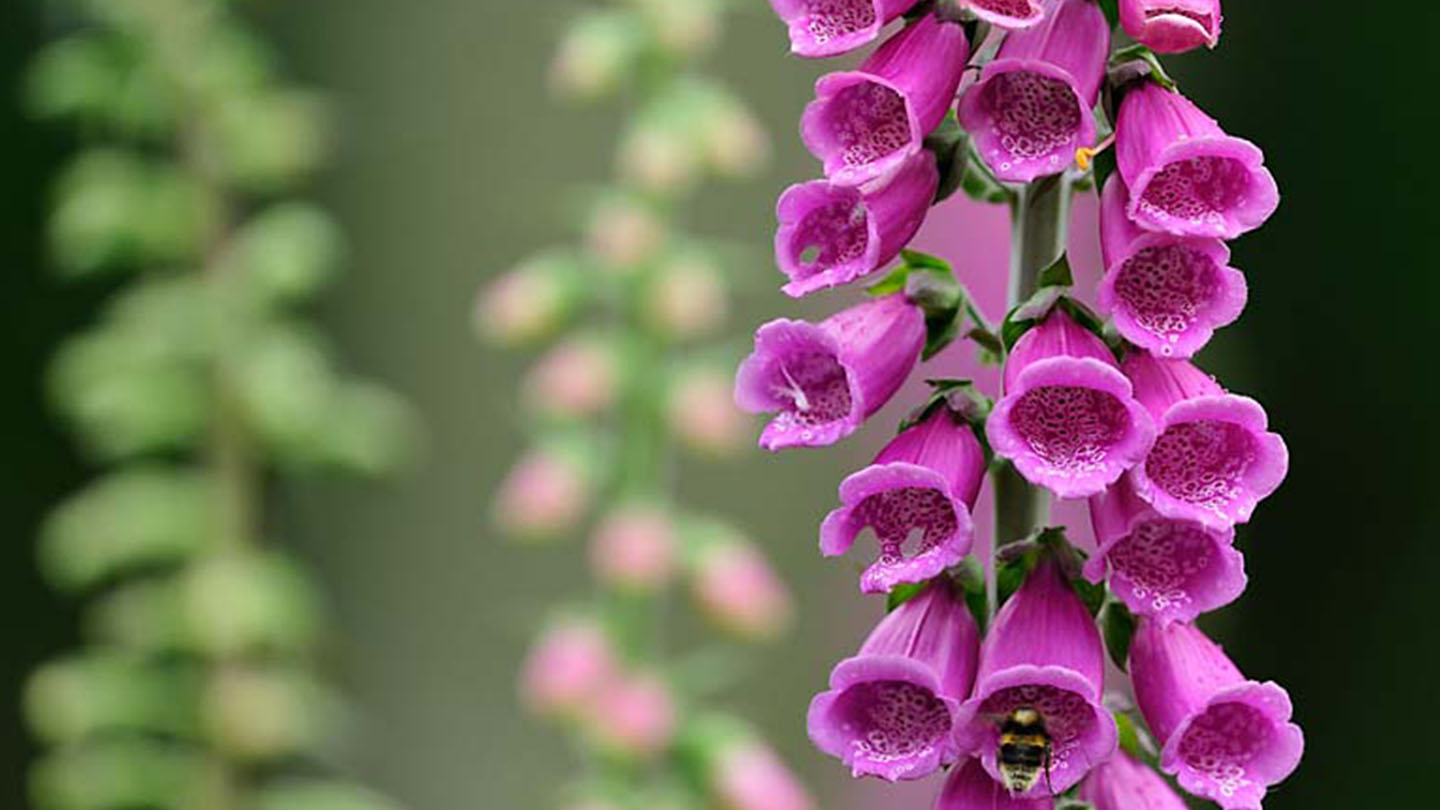
Foxglove, also known as Digitalis, is a fascinating and beautiful flowering plant that belongs to the Scrophulariaceae family. With its tall spires of bell-shaped flowers in shades of pink, purple, and even white, foxglove is a magnet for both gardeners and nature enthusiasts. But there is so much more to this plant than meets the eye!
In this article, we will delve into eight intriguing facts about foxglove that will surely pique your curiosity. From its historical significance in medicine to its toxic properties, foxglove has a rich and complex story to tell. So, let’s dive in and uncover the hidden secrets of this enchanting plant.
Key Takeaways:
- Foxglove, also known as Digitalis, is a stunning flowering plant with medicinal properties, but it’s important to handle it with caution due to its toxicity.
- Foxgloves have a rich history in traditional medicine and can self-seed in gardens, adding natural beauty and whimsy to any landscape.
Foxglove, also known as Digitalis, is a biennial or perennial flowering plant.
Foxglove belongs to the genus Digitalis, comprising approximately 20 species. These stunning plants are native to Europe, North America, and parts of Asia.
The name “Foxglove” is believed to originate from an old English folklore.
According to the folklore, foxes would wear the flowers on their paws to silence their footsteps while hunting. Hence, they were named “foxes’ gloves,” which eventually turned into “foxglove.”
Foxglove flowers come in a variety of shades and patterns.
From classic bell-shaped blooms to tubular flowers, foxgloves display a range of colors including pink, purple, white, and yellow. Some even have speckles or spots on the petals.
Foxgloves are known for their medicinal properties.
The leaves of foxglove plants contain compounds called cardiac glycosides, which are used in the production of digitalis, a medication used to treat heart conditions like arrhythmias and heart failure.
Foxglove flowers are attractive to bees and hummingbirds.
The tubular shape of foxglove flowers and their nectar-rich blossoms make them highly appealing to pollinators. Bees and hummingbirds often visit these flowers, aiding in their pollination.
Foxgloves are considered poisonous if ingested.
While the beauty of foxglove flowers is captivating, it’s important to note that all parts of the plant are toxic if consumed. It’s advised to handle foxgloves with caution and keep them away from children and pets.
Foxgloves have a rich history in traditional medicine.
Throughout history, foxgloves have been used in traditional medicine to treat various ailments like inflammation, wounds, and even epilepsy. However, it’s crucial to consult a healthcare professional before using them for any medicinal purposes.
Foxgloves can self-seed and naturalize in gardens.
Once foxgloves have bloomed and produced seeds, they can scatter themselves throughout the garden, establishing new plants. This self-seeding nature adds a touch of whimsy and natural beauty to any landscape.
Conclusion
In conclusion, foxglove is a fascinating plant that is rich in history and has many intriguing qualities. From its beautiful appearance to its medicinal uses, there is so much to learn and appreciate about this unique flower. Whether you are a gardener looking to add some beauty to your landscape or someone interested in the history and folklore surrounding plants, foxglove is definitely worth exploring. Just keep in mind that while it can be a stunning addition to your garden, it is important to handle it with care due to its potentially toxic nature. So go ahead and delve into the enchanting world of foxglove, and discover the wonders it holds.
FAQs
1. Are foxgloves poisonous?
Yes, foxgloves are poisonous. All parts of the plant, especially the leaves and seeds, contain cardiac glycosides that can be toxic if ingested. It is important to handle them with caution, especially around children and pets.
2. Can foxgloves be grown indoors?
While foxgloves are typically grown outdoors, they can be grown indoors in containers. However, they require a lot of sunlight, so it’s important to place them in a bright location and provide them with adequate water and drainage.
3. How tall do foxgloves grow?
Foxgloves can grow to be 3 to 6 feet tall, depending on the species. The flower spikes can reach impressive heights, adding a striking vertical element to the garden.
4. How long do foxgloves bloom?
Foxgloves typically bloom for about 2 to 3 weeks, usually during the summer months. However, the exact blooming time may vary depending on the species and growing conditions.
5. Can foxgloves be divided?
No, foxgloves do not divide well. They are best grown from seeds or purchased as seedlings. However, they may self-seed and produce new plants in the garden.
Was this page helpful?
Our commitment to delivering trustworthy and engaging content is at the heart of what we do. Each fact on our site is contributed by real users like you, bringing a wealth of diverse insights and information. To ensure the highest standards of accuracy and reliability, our dedicated editors meticulously review each submission. This process guarantees that the facts we share are not only fascinating but also credible. Trust in our commitment to quality and authenticity as you explore and learn with us.


